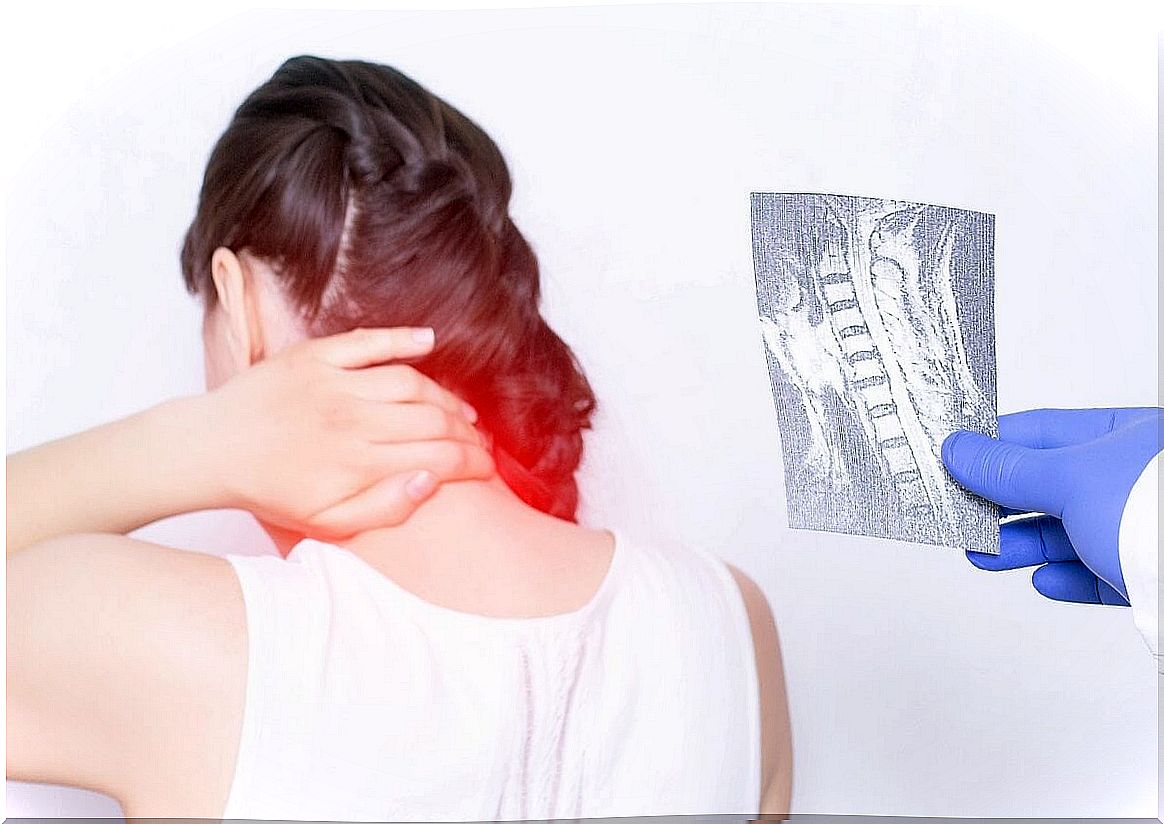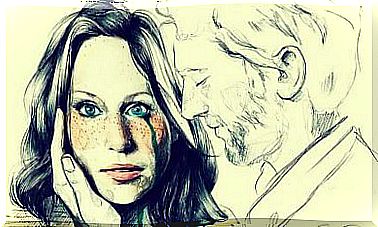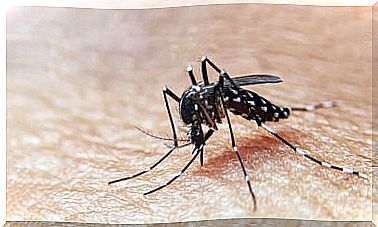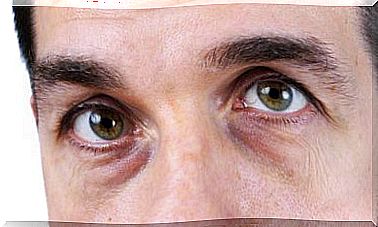What Is Torticollis And What Are Its Causes?
Have you ever wondered what torticollis is? This condition is a movement disorder characterized by sustained or intermittent muscle contractions, which occur from repetitive movements or postures.
It is a common ailment that is located in the muscles of the neck and shoulders, an area where it causes movement difficulties and twisting of the head. This time we will see its main causes and what to do about it.
Causes of torticollis
First of all, it should be clarified that torticollis is a symptom and not a disease. Therefore, it can be observed in the context of various situations. Thus, recognizing its origin becomes a key part of the choice of treatment.
According to its triggering mechanism, it can be classified as follows:
- Traumatic: that is, secondary to a trauma or an accident. It may be accompanied by subluxation or bone fracture.
- Inflammatory: caused by some type of inflammation, infection or tumor in the cervical region.
It can also be classified according to the posture the head takes:
- Anterocolis (forward).
- Laterocolis (to the side).
- Retrocolis (backwards).
Generally speaking, it is believed to be a dynamic disorder arising from abnormal cellular function of muscle fibers. Finally, according to the time of presentation, the following forms of torticollis are discussed:
- Congenital: when it is present from birth.
- Acquired: if it is evidenced at any other time in life.

Types of torticollis and their characteristics
We have already discussed the possible causes of torticollis and its classification; now, we are going to delve into the main forms of this ailment: congenital and acquired. What are their characteristics? How to act?
Congenital torticollis
Congenital muscular torticollis is a postural deformity evident at birth or shortly after birth. Typically, it is characterized by a lateral tilt of the head and a turn of the head to the opposite side due to unilateral shortening of the sternocleidomastoid muscle (by contraction).
It is observed with some regularity. In any case, the ideal is to make a referral to neurology and physical therapy in order to achieve restitution of movements and improve evolution. It has a good prognosis, especially when early treatment is started. It can be secondary to different causes.
Acquired torticollis
Acquired torticollis is one that can develop at any age as a result of different situations that cause injury or muscle inflammation. Among them we can mention the following:
- Idiopathic, or of unknown cause.
- Bad position when sleeping.
- Swollen lymph nodes.
- Ear infection.
- Cold.
- Head and neck injury causing swelling.
- Primary spasm of the sternocleidomastoid muscle.
- C1-C2 rotary subluxation (atlantoaxial).
- Abscesses
- Tumors of the central nervous system.
- Viral diseases.
- Spasmodic torticollis.
- Medicines.
How is the diagnosis made?
There are no specific studies to diagnose torticollis; in general, it is determined through clinical evaluation. Similarly, a cervical region X-ray may be requested to perform diagnostic guidance and rule out some of the causes.
According to the origin that the doctor suspects, other imaging studies or EMG (electromyogram) may be requested. Although laboratory tests are not diagnostic, they can be helpful if an infection is suspected.
In the physical examination, the position of the head and neck will be observed and the presence of associated pain will be evaluated. Neck position may be elevated. It will also be important to assess the evolution and history of the patient.

How to deal with a torticollis?
The treatment of torticollis will depend, to a great extent, on the age of the patient, the way in which it occurred and also the presence of pain. In many cases, the pain will be temporary and can last for a few days. However, it does not usually cause major complications.
Cases that occur in newborns or young babies should be operated on in a specialized consultation. It is essential to make a timely diagnosis to start treatment as soon as possible.
However, if the pain is associated with trauma, an emergency consultation is recommended to assess the need to immobilize the neck. This also makes it possible to determine the presence of associated lesions and the patency of the airway. In rare cases, surgical intervention is required.
Treatment options include the following:
- Analgesics.
- Benzodiazepines.
- Anticholinergics.
- Heat application.
- Massages
- Stretching exercises.
In cases where it is secondary to medications, they will be suspended, under professional supervision. On the other hand, if there are bacterial infections, s e should administer appropriate antibiotics.
There is a good prognosis
Most cases of torticollis, including congenital, resolve spontaneously. Reversible causes must be identified to provide adequate and timely treatment. In very few cases, this symptom alerts other health complications.
Even so, a visit with the specialist is always recommended to receive the pertinent examinations. Although it is not considered serious, in some people it tends to recur sporadically.









